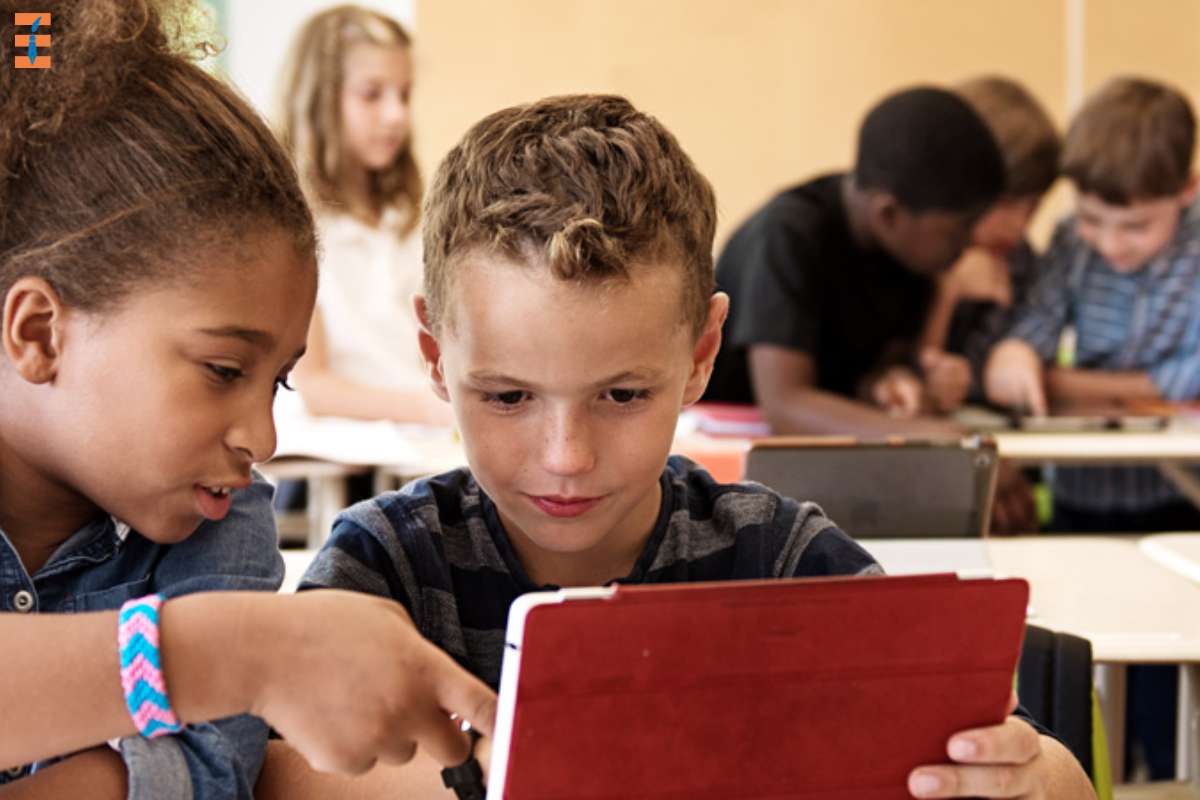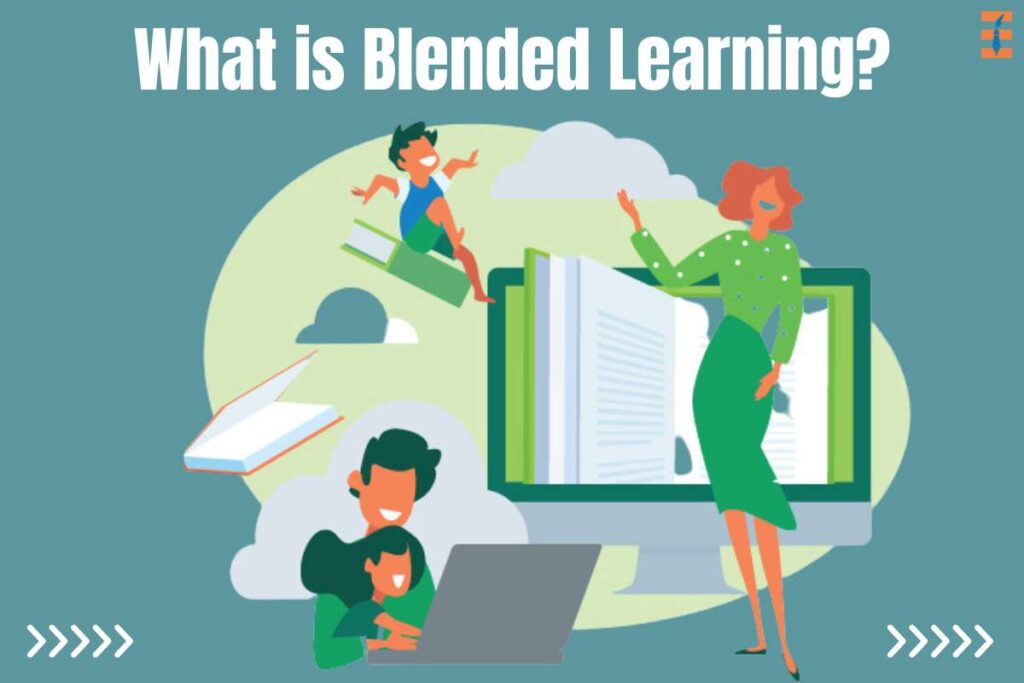Blended learning, which often goes by the name “hybrid learning,” is a method of instruction that involves instructing students in both the conventional classroom setting and the online learning environment simultaneously. Since more schools and universities are adopting blended learning as a reaction to the COVID-19 epidemic, it is likely that you have heard the word used rather often in recent times.
Even though it may seem to be a more recent notion, online learning has already been gaining ground even before COVID-19. In point of fact, the sector of online education has increased by a factor of 900 percent since the year 2000, and it is anticipated that this figure will quadruple by the year 2025. Blended learning is likely to be here to stay as more educational institutions embrace the concept of combining traditional classroom instruction with online instruction. It is crucial to get acquainted with this paradigm, regardless of whether you are a student or a teacher, since it is quite probable that you will be exposed to it in the not too distant future.
This article will investigate the intricacies of blended learning, including its potential advantages and drawbacks for both instructors and students, as well as the ways in which it might transform the educational landscape in the years to come.
What are the Advantages of Using a Blended Approach to Learning?

Blended learning may be very beneficial for both students and instructors if it is implemented correctly and to the best of its ability. Take a look at this:
For the Instructors:
1. supplementary instructional materials.
The use of blended learning facilitates the development of novel pedagogical approaches. By incorporating an internet component into their lessons, instructors have access to a wider variety of teaching materials, including gamification, videos, and applications that encourage interaction. This makes it possible for them to engage their pupils in fresh ways and inspire them.
2. Personalized support.

The teaching resources and subject matter that instructors may use in the classroom can be mixed and matched thanks to blended learning models, which provide educators this flexibility. They are able to plan classes in such a way that students may study part of the material individually online, and then follow up their learning in the classroom with conversations with their peers.
3. Better use of time spent grading.
When opposed to more conventional ways of grading, online evaluations allow instructors to more properly evaluate and monitor a student’s level of mastery of the subject matter being covered. For instance, when students take a quiz online, both the instructor and the student are able to obtain quick results and comments on their performance. Not only does this help instructors save time, but it also enables them to pinpoint in real time those pupils who are having difficulty comprehending the content being covered.
For Students:
1. higher level of participation.
Blended learning model classes have been shown to be more interesting and engaging for students of all levels, from kindergarteners to those in higher education. According to the findings of a survey conducted by the Center for Digital Education, 73 percent of instructors who use this approach have seen an improvement in the level of student involvement.

2. More student centered.
The learner is the primary focus of blended learning environments. Students have more freedom in terms of the time, place, and manner in which they may receive instruction when online learning is included into the curriculum. Students are able to access learning materials at their own speed, and they are given the opportunity to review and practice what they have learned in class. In contrast to more conventional approaches to education, a mixed model puts the student in charge of their own individual educational journey.
3. Promotes autonomy.
Recent research found that 79% of students who participated in a survey reported feeling more independent while studying in a hybrid classroom. This is primarily attributable to the fact that blended learning necessitates the student to take a more active role in their own education and to make use of tools for goal planning and time management in order to make progress in their courses. According to the findings of several studies, following this technique may also assist pupils in improving their critical thinking and ability to solve problems.
Bottom line
From the information mentioned above, you might have got a clear idea about what is blended learning and what are the benefits of it. Many of you are aware that online learning and blended learning is the next version of it. In this article, we have discussed what are the different strategies to implement blended learning in the classroom. These strategies will improve the learning experience of students and challenge teachers to fulfill their potential. We consider reading the whole article worth it for you to spend the time in reading the whole article.











